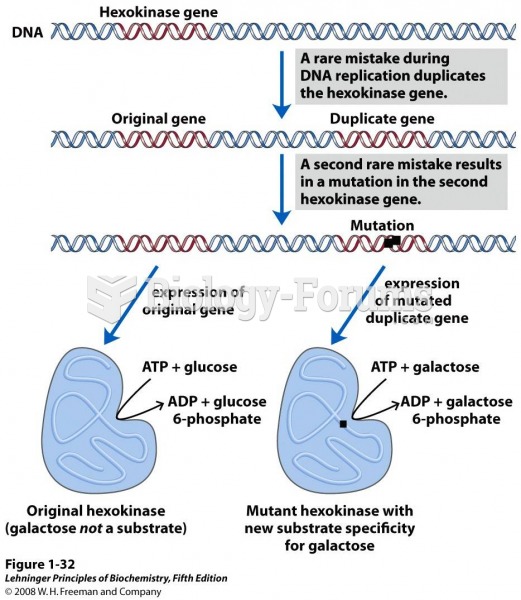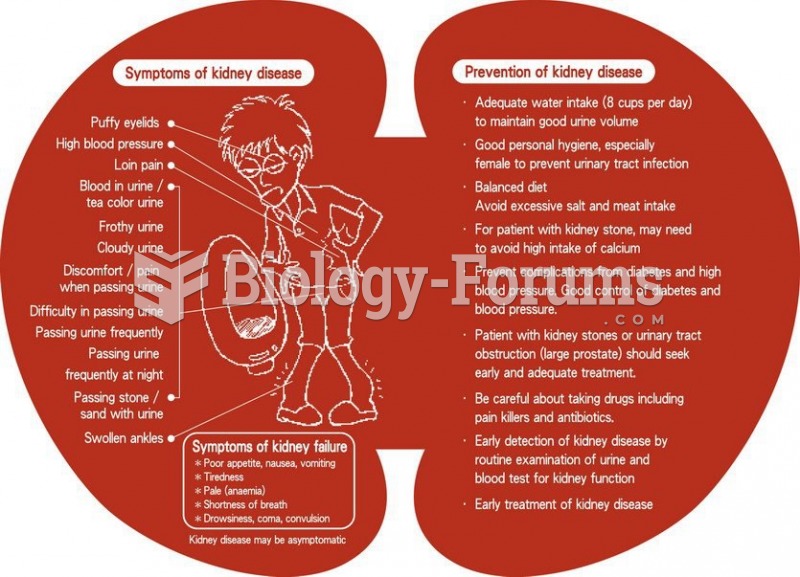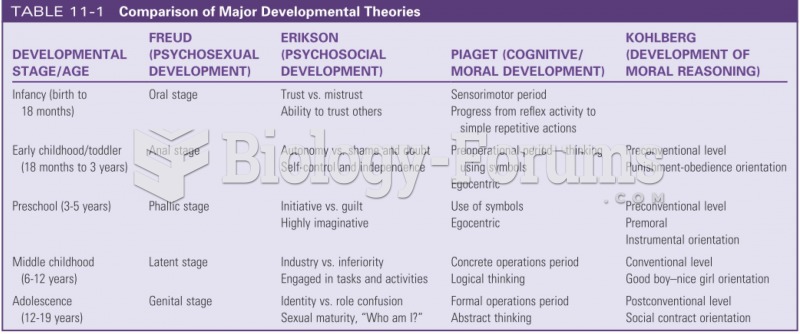Answer to Question 1
Developmental prevention refers to interventions, especially those targeting risk and protective factors, designed to prevent the development of criminal potential in individuals. Developmental prevention of juvenile delinquency is informed generally by motivational or human development theories on juvenile delinquency, and specifically by longitudinal studies that follow samples of young persons from their early childhood experiences to the peak of their involvement with delinquency in their teens and crime in their 20s.
The developmental perspective claims that delinquency in adolescence (and later criminal offending in adulthood) is influenced by behavioral and attitudinal patterns that have been learned during an individual's development..
From this perspective, prevention activities are organized around different stages of the life course. We divide our discussion of developmental prevention of juvenile delinquency into two stages: childhood and adolescence.
Answer to Question 2
One of the first efforts to classify the many different types of delinquency prevention activities drew upon the public health approach to preventing diseases and injuries.
This method divided delinquency prevention activities into three categories: primary prevention, secondary prevention, and tertiary prevention.
Primary prevention focuses on improving the general well-being of individuals through such measures as access to health care services and general prevention education, and modifying conditions in the physical environment that are conducive to delinquency through such measures as removing abandoned vehicles and improving the appearance of buildings.
Secondary prevention focuses on intervening with children and young people who are potentially at risk for becoming offenders, as well as the provision of neighborhood programs to deter known delinquent activity.
Tertiary prevention focuses on intervening with adjudicated juvenile offenders through such measures as substance abuse treatment and imprisonment. Here, the goal is to reduce repeat offending or recidivism.







